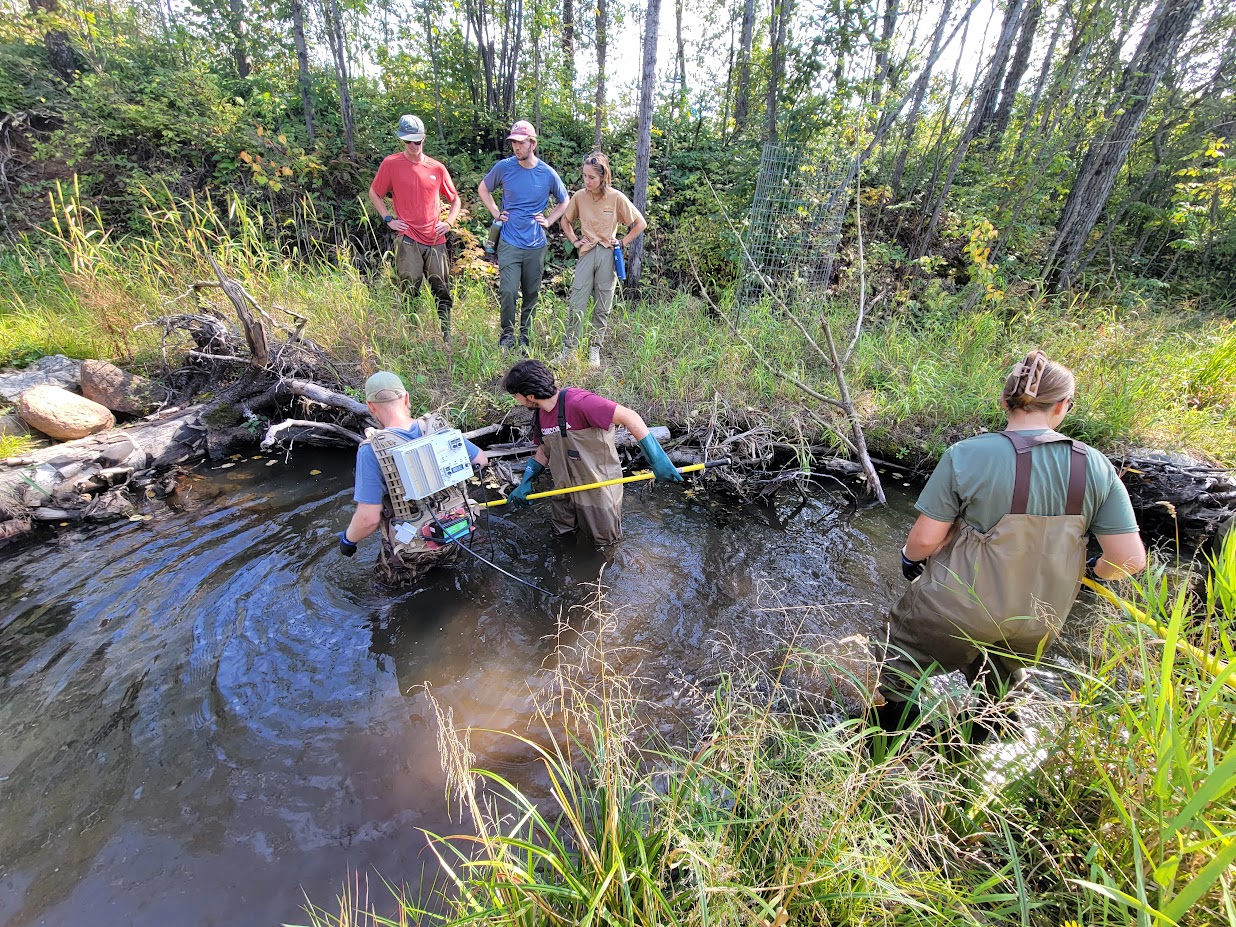On Oct. 1, Dr. L-J Pilaz gave a presentation about using CRISPR to edit mouse embryos to figure out more information about neurodegenerative disorders.
“So, I’m presenting techniques that allow you to alter the genes of mice in order to understand neurodevelopmental disorders,” Pilaz explained.
Pilaz is a member of a Sanford research program studying the embryonic brain and the development of cerebral context. One of the neurodegenerative disorders they study is Beta-Propeller Associated Neurodegeneration (BPAN). BPAN is a bi-phasic disease that mostly affects girls, and is characterized by learning disabilities, speech delays, seizures and attention deficits in childhood. In late adolescence and adulthood, BPAN can cause symptoms similar to dementia.
In the study, developing mice embryos were injected with CAS9 and RNA corresponding to specific BPAN patients’ genetic codes. According to the National Library of Medicine, CAS9 is a protein that is used to cut sections of DNA and is directed to the right place by RNA. After the injection, the embryos were exposed to an electrical current that forced the nucleic acid into them. Once the mice were born, their DNA was examined to see if the genetic editing was successful.
Researchers found that giving the mice BPAN had multiple cellular and molecular effects. The mice with BPAN displayed decreased motor function when placed on a rotating rod.
They also displayed higher levels of anxiety when placed in a box, circling the confines of their environment and staying near the edges instead of venturing into the middle.
The mice with BPAN had different tissue histology in their neurons and glia; they also had increased gliosis, which is the formation of a scar that protects the nervous system.
The three neurons- dopaminergic, noradrenergic, and inhibitory- were also affected; these neurons control how the brain functions.
Another finding is the mice with BPAN displayed poorer memory. Through observing the mice, researchers can learn better ways to develop treatments for human BPAN patients.
For student engagement, Sanford has a shadow program, the Sanford Program for Undergraduate Research (SPUR) program and a graduate school program.







Be First to Comment